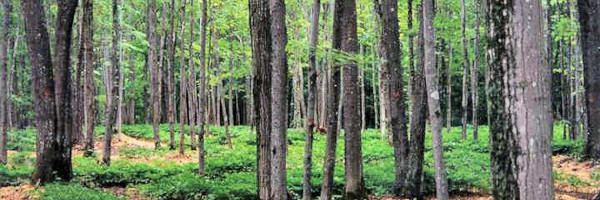Agroforestry
| Agriculture | |
|---|---|

| |
| Sectors | Agriculture |
| Contact | Wilfred Pinfold |
| Topics | |
- Authors
Agroforestry is a land-use management system that combines the cultivation of crops and/or animals with the management of trees and other woody plants.
Agroforestry systems can include a wide range of combinations, such as planting trees in agricultural fields, integrating livestock with trees on pastureland, or intercropping crops with trees in orchards. The goal of agroforestry is to create a more sustainable and resilient land-use system that can provide multiple benefits, such as increased productivity, improved soil health, and greater biodiversity.
Benefits include:
- Increased productivity: Agroforestry systems can increase crop yields and improve livestock production by providing shade, wind protection, and improved soil health.
- Improved soil health: Trees and other woody plants can help to improve soil structure and fertility, reduce erosion, and increase water retention.
- Increased biodiversity: Agroforestry systems can support a wide range of plant and animal species, creating a more diverse ecosystem.
- Carbon sequestration: Trees can absorb and store carbon, which can help to mitigate the effects of climate change.
- Increased resilience: Agroforestry systems can be more resilient to the effects of climate change and other disturbances, such as droughts and floods.
However, as with any land-use management system, there are also some challenges associated with agroforestry. Some of the potential challenges include:
Management complexity: Agroforestry systems can be more complex to manage than traditional monoculture systems.
- Financial costs: Establishing an agroforestry system can be more expensive than traditional systems.
- Market issues: There can be market challenges with selling products from agroforestry systems as they may not meet the criteria of traditional agricultural products.
Overall, agroforestry is a land-use management system that offers a wide range of benefits, including increased productivity, improved soil health, and greater biodiversity, while also addressing environmental challenges such as climate change.
